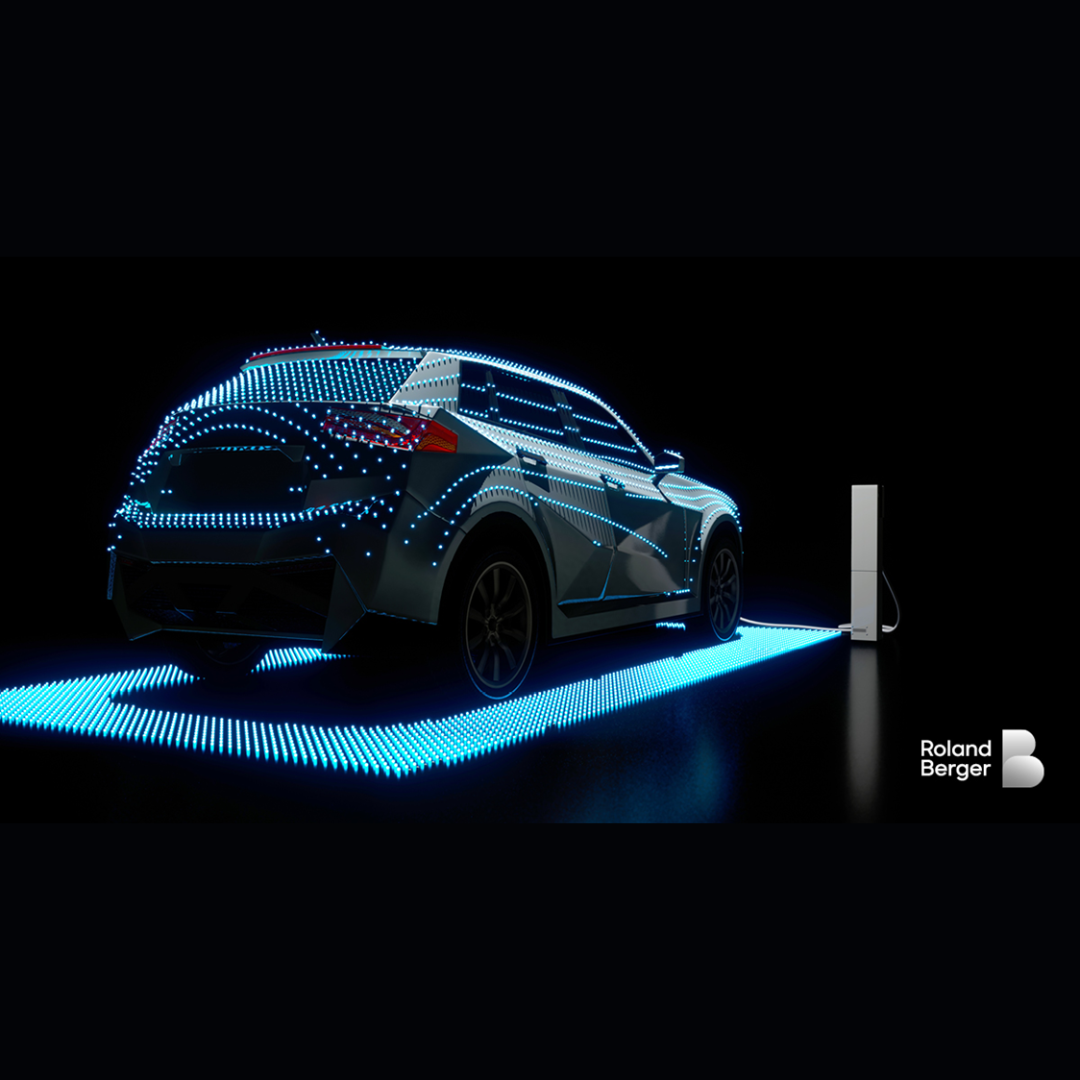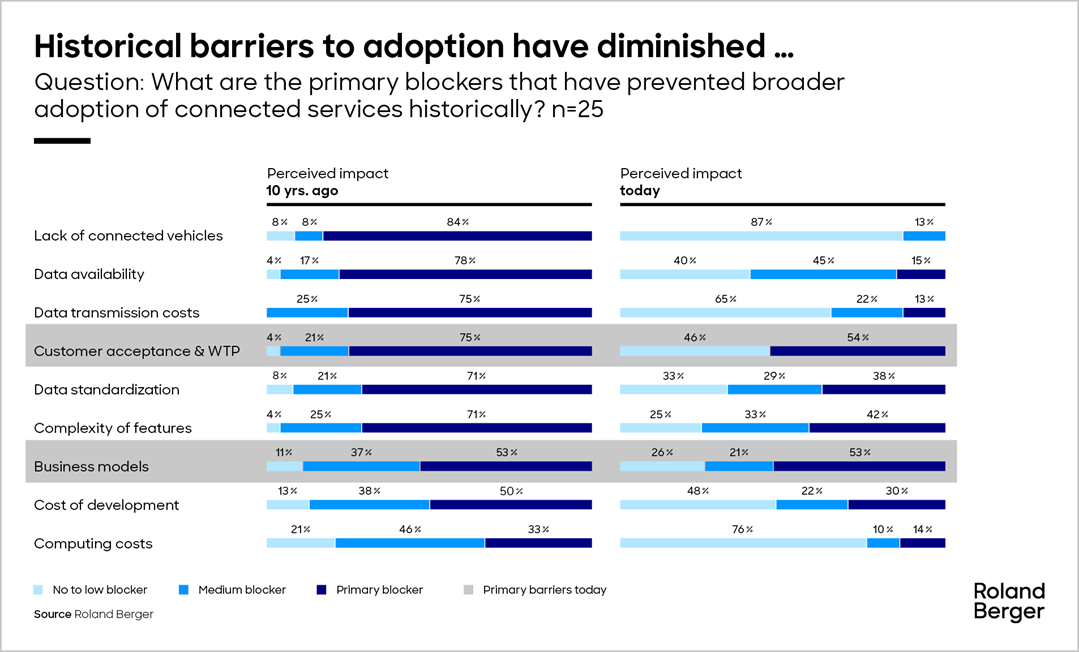Computer on Wheels
Unlocking the Next Chapter in Connected Services

Share
In 2015, connected vehicle services were hailed as the next big value stream for automakers. With a few notable exceptions, such as connected emergency services, advanced driver assistance (ADAS), and commercial fleet telematics, connected services didn’t take off as predicted.
In any industrial transformation, five elements must mature at roughly the same time: the technology, the industry’s capacity to deliver that technology, customer interest in the new offerings the technology can support, customers’ willingness to pay, and a working business model. In 2015, all five were missing.
Flash Forward: 2025
Fast forward to 2025, and the landscape looks dramatically different. Today, most of the major adoption hurdles have been cleared. The technology is more robust. Cloud and edge computing, standardization initiatives like the COVESA Vehicle Signal Specification (VSS), and improved user experiences have created fertile ground for mass adoption. In addition, network and computing costs have plummeted.

The white paper Computer on Wheels, co-authored by Geotab, Roland Berger, and COVESA, looks at the transformation of the automobile into a platform for services for consumers and fleets, a transition that is still currently in progress.
This report draws on the findings of surveys and interviews with industry experts, including suppliers, OEMs, advisors, researchers, and dealers, to explore why industry optimism is rising, why the final leap to profitable scale still poses a challenge, and provides five strategic imperatives for OEMs and suppliers.
Achieving a profitable rollout of connected services will demand more than incremental improvements; it will require fundamental strategic and organizational shifts. These include decoupling monetization from value creation, designing customer-centric, value-added experiences, building scalable and flexible data and digital architectures, developing partner ecosystems with third-party integrations, and defining clear KPIs alongside a rollout roadmap.
Connected services are closer than ever to fulfilling their potential, but the final stretch will require aligning compelling user experiences, industry-wide standards, and sustainable business models. The ambition of 2015 now has the technical foundation of 2025. What’s left is turning that footing into enduring value for consumers, fleets, and the industry as a whole.
Read the full report here.
COVESA’s Role
In an industry that once suffered from a lack of data standards, collaborations such as ours are making measurable progress in creating common data and compute frameworks and APIs for the fully connected automotive value chain.
Initiatives like the COVESA Vehicle Signal Specification (VSS) and COVESA/AutoSAR collaborations are directly tackling these gaps.
While several OEMs are already embracing these standards, others remain cautious, making COVESA’s work in fostering adoption and aligning stakeholders essential for the industry’s collective progress.
